Five ways researchers count wild tigers to protect them
Tigers are one of the world’s most secretive and wide-ranging species. This makes counting their numbers in the wild a notoriously challenging task, but one we must undertake to better understand where tigers are, what habitats need protection, and whether are conservation efforts are working.
Thanks to rapidly developing technology, it’s becoming easier to do. Read on to find out about five of the most common ways researchers count tigers in the wild.
Footprint surveys
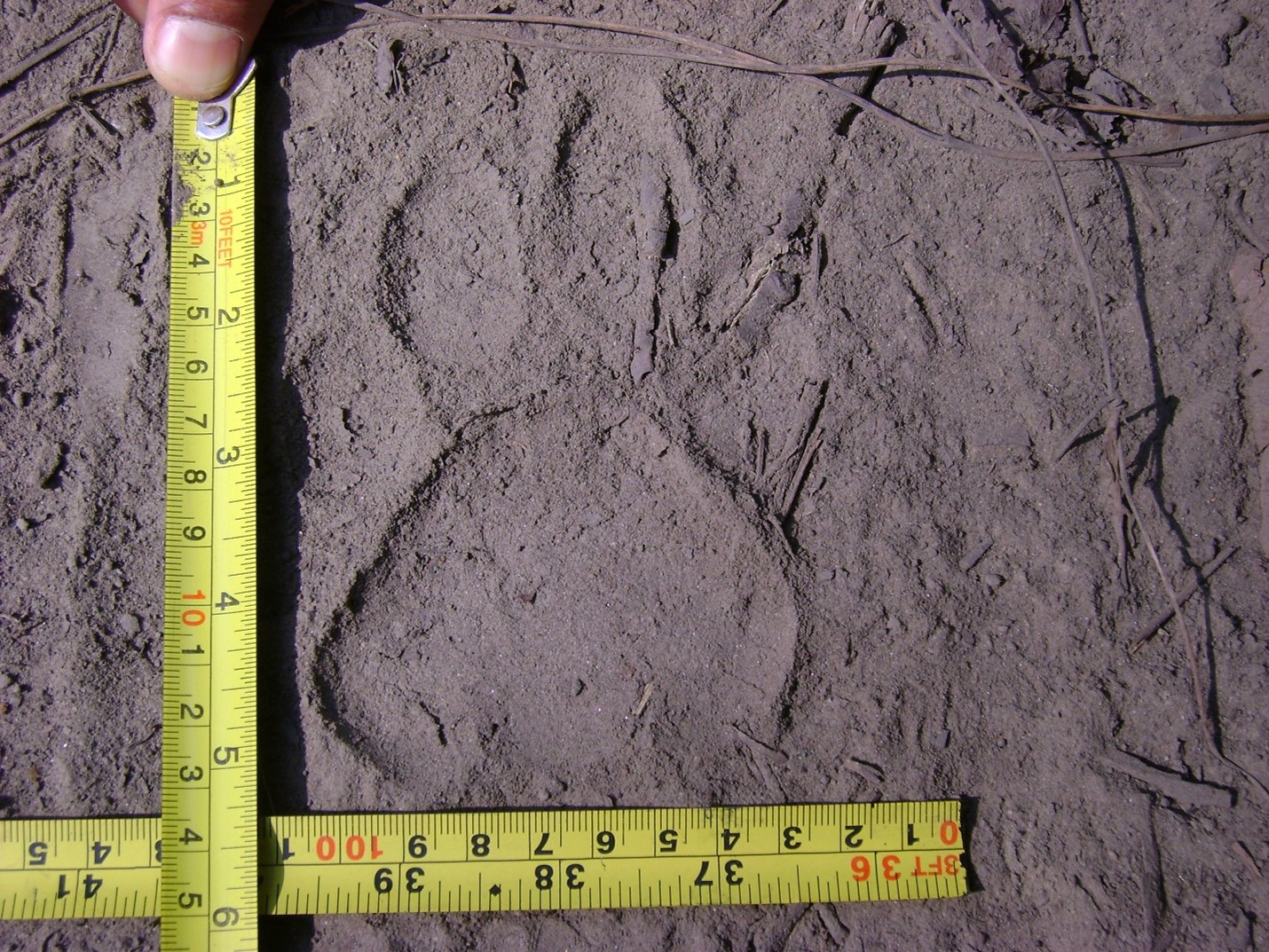
One of the oldest methods of counting tigers, footprint surveys require skilled trackers who can identify individual tigers based on the size and shape of their pugmarks (footprints).
As this is a daunting task for even the most highly skilled tracker to distinguish between prints made at different sites (i.e., mud or sand), footprint surveys are no longer recommended for systematic population surveys.
Camera traps
While a “camera trap” might sound menacing, its name is derived from the manner in which wildlife are captured — as images!
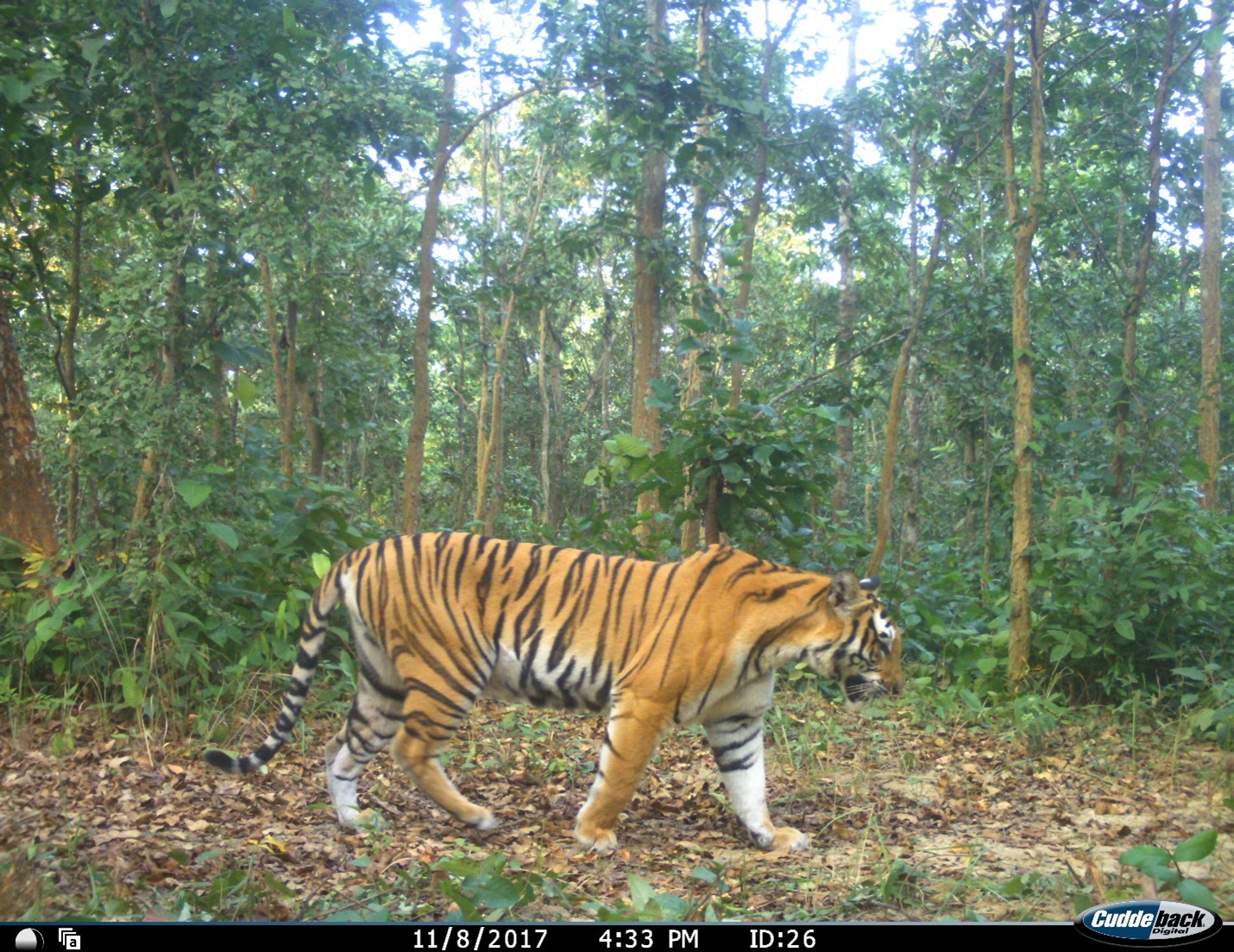
Used widely to monitor species populations, camera trap surveys are especially useful when counting secretive animals like tigers. Researchers place automatic cameras fitted with motion and heat sensors in strategic locations then, when a tiger passes in front of it, they trigger the camera to take a photo or video.
Based on their unique stripe patterns — did you know no two tigers are alike? — researchers can identify individual tigers and apply statistical models to estimate population size.
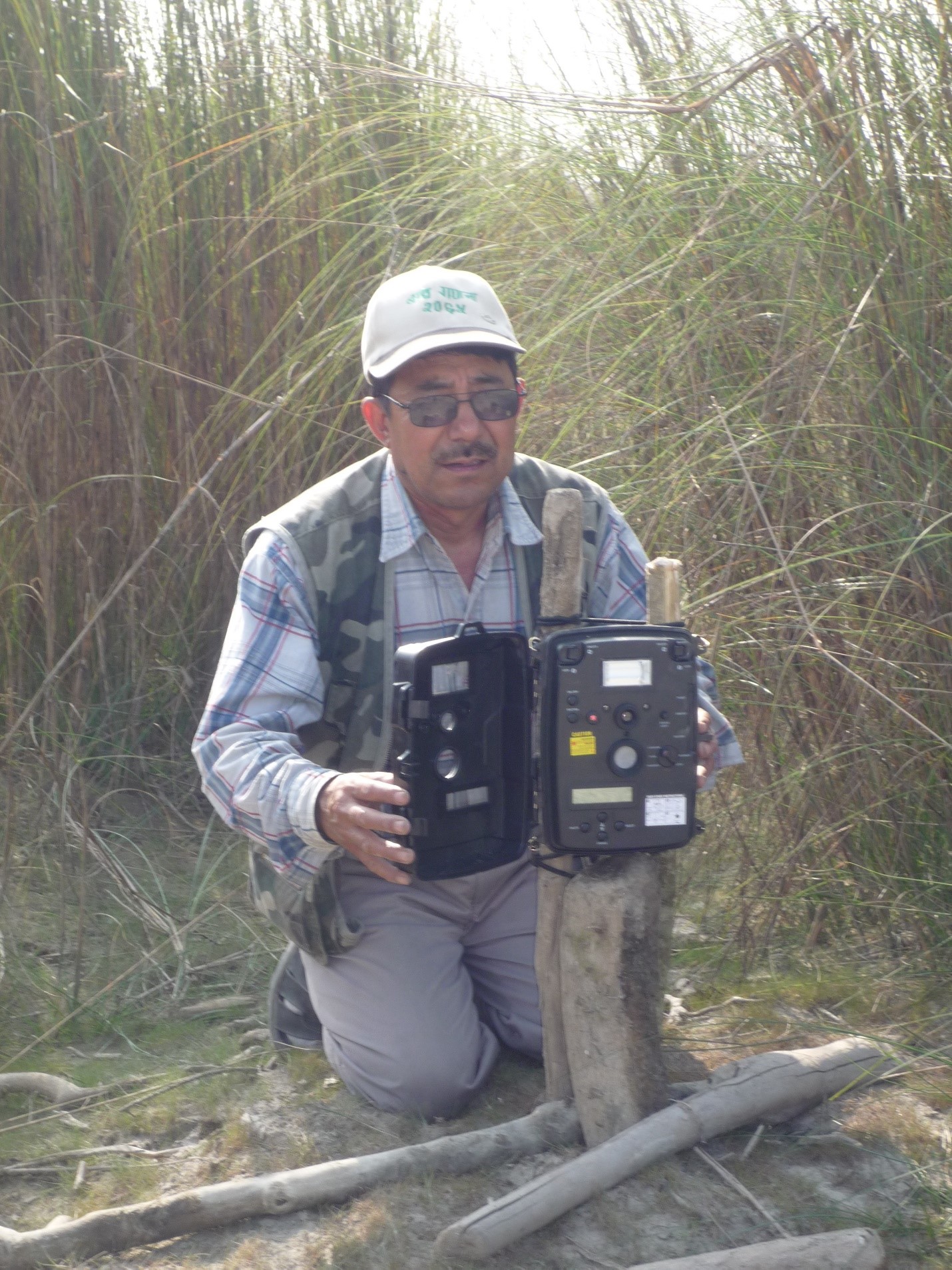
Other animals also get photographed, including animals that tigers prey upon thereby providing essential information about their environment, including food supply.
Genetic analysis
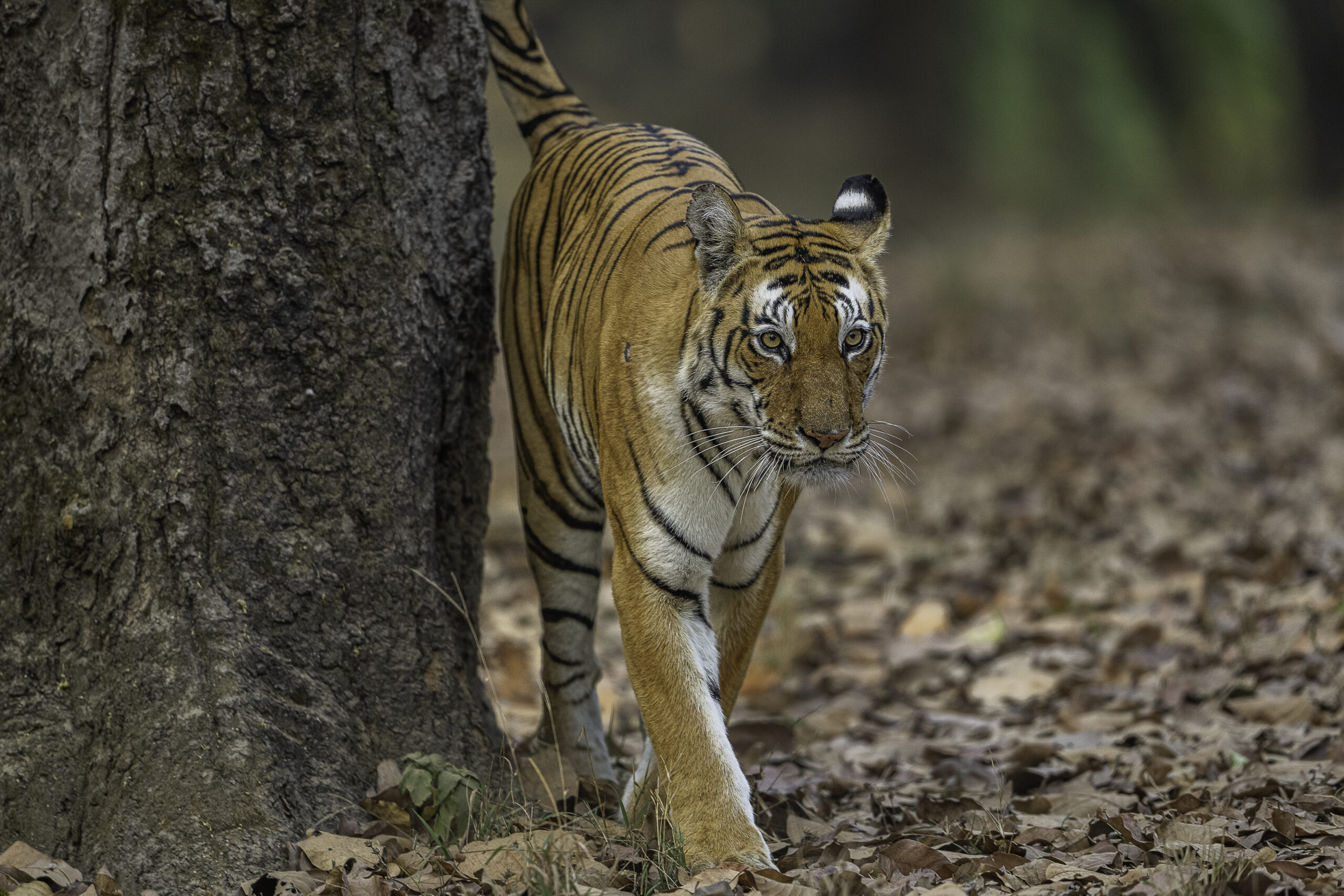
Genetic analysis is a powerful and rapidly evolving tool with enormous potential to study species populations. Tiger scat (feces) or hair samples are collected in the field and transported to laboratories to isolate DNA from these samples. This type of “DNA fingerprinting” enables scientists to estimate tiger numbers in a particular area.
Occupancy surveys
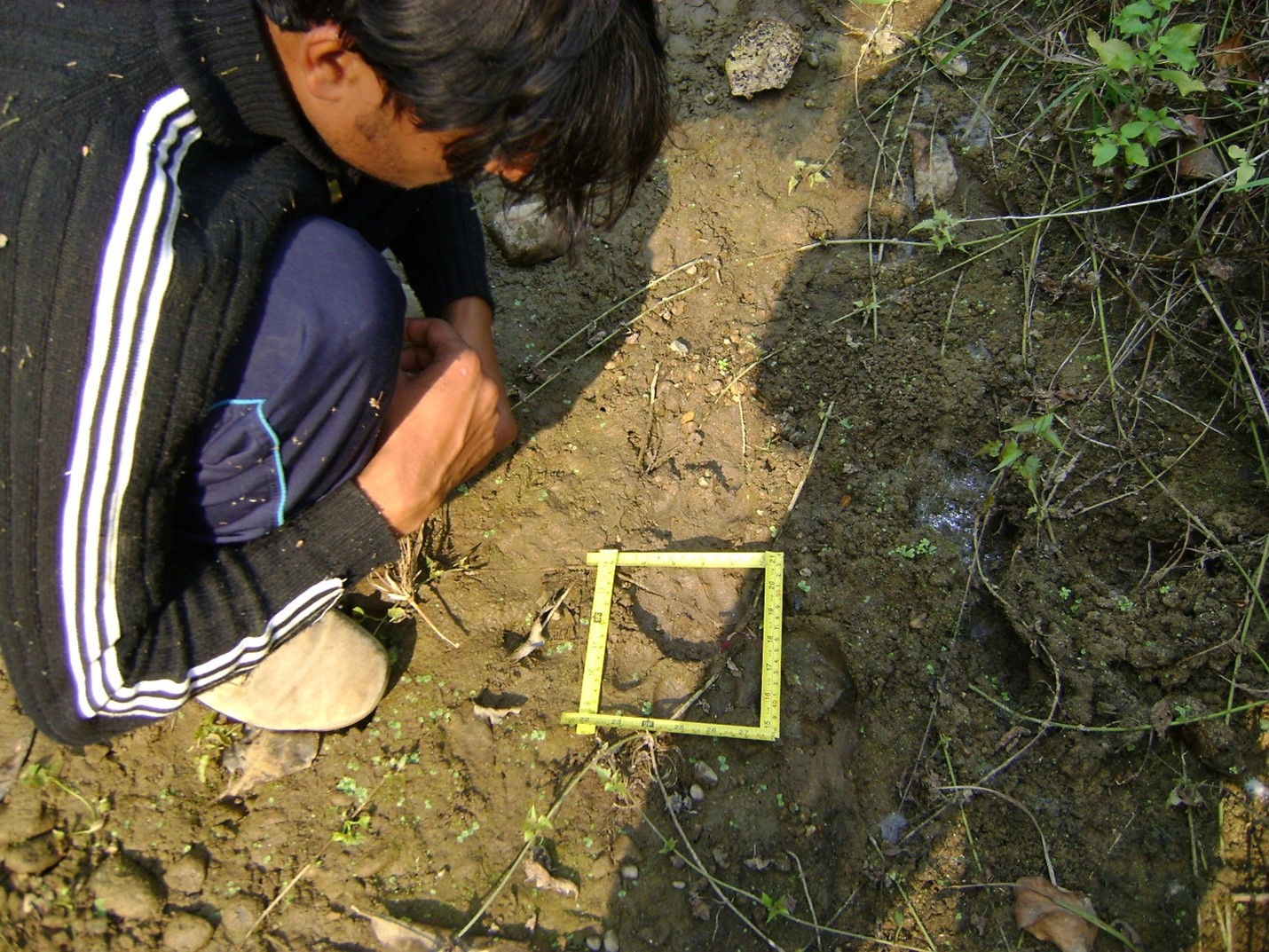
Occupancy surveys are used to determine whether tigers are present or absent on a landscape. Through a series of systematic surveys, researchers will collect evidence such as direct sightings, sound recordings, camera trap images, and other physical signs ranging from tracks, scrapes and claw rakes to scat. Using statistical models, the data collected is often used as a proxy for tiger population size and density.
Nepal’s 2022 National Tiger Survey used this method, covering 18,920 square kilometres of wild tiger habitat and 16,811 days of field staff time.
Satellite telemetry
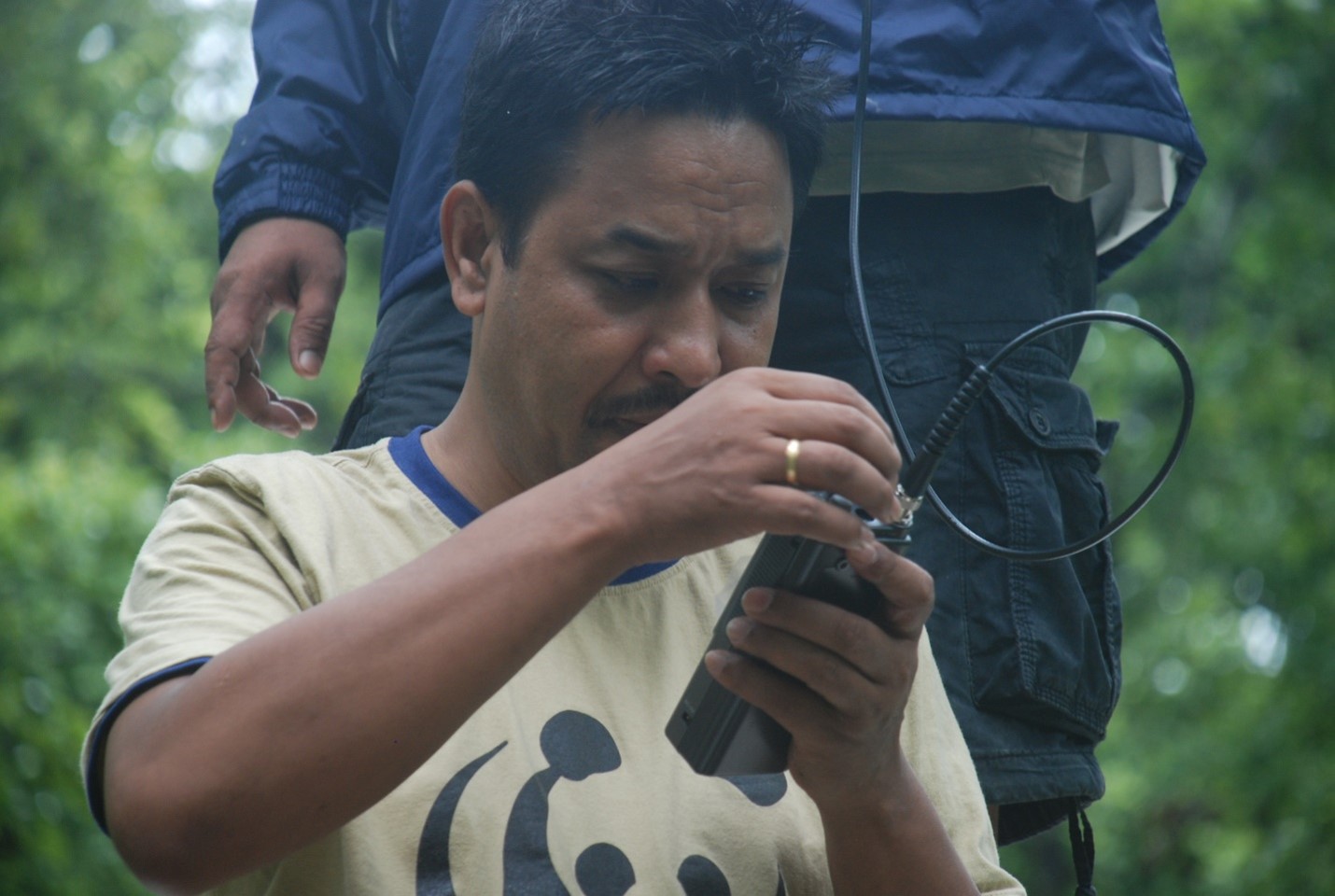
This technique uses collars equipped with multiple sensors and GPS that store and transmit geographic location, temperature, activity, etc. via satellite. By knowing the movements of a representative sample of tigers, scientists can make educated guesses about the population size in an area. This data also allows us to better understand tiger ranges, behaviours, and what habitats need protection.
Counting wild tigers to save them
While there is growing evidence that the global decline in tigers has finally been reversed, this conservation success story isn’t over yet — tigers are still the world’s most threatened big cat. By counting tigers and surveying their habitats, we can help ensure tigers that thrive today and into the future.
Read more about how WWF is bringing back the roar here.

